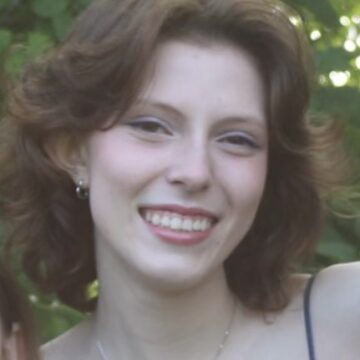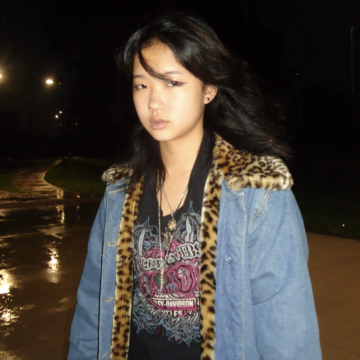
By Seena
One day this year, as I was walking by my perpetually empty locker, I was struck by an idea. I cannot identify what sparked its conception, but as my idea started to grow, thinking of possible solutions and analyzing and assessing feasibility issues began to consume me. My father calls this a “designer’s high,” and it was very familiar to me. I’ve experienced it often while collaborating with my robotics team, and in the hours I’ve spent with my father on design concepts for his prefabricated homes. Still, nothing I had worked on before was similar to the feeling this “out of the box” idea had triggered.
Growing strawberries in a high school locker seemed fairly simple at first. Despite knowing that this is not the typical habitat for strawberry plants, I knew from my green-thumbed mother that strawberries are among the easiest fruits to grow. Many students and teachers became interested in my project, yet were skeptical of my botanical prowess and quick to conclude that a plant could not possibly receive its basic necessities in a locker, which didn’t have proper ventilation, was hot and humid, and was shielded from both sunlight and any source of water. Still, I was determined to make this work. The unfriendly habitat and logistical obstacles did not deter me.
My horticultural roots stem from my mother and elementary level biology. It wasn’t until this year that my knowledge expanded beyond this casual level into a realm where biology, chemistry, and physics found beautiful, synergistic intersections. I was determined to apply what I had learned and got to work.
Due to the lack of electricity and direct sunlight, I decided to use a solar panel paired with a light sensor on the outside of my locker to power a strong, blue LED light, which is best for photosynthesis and plant growth. A friend taught me how to solder and helped me create the solar panel setup, which turns on the blue light only when it is dark outside so the plants experience the proper light cycles. I also set up a system to slowly water the plants automatically. This involved a series of drip bottles—which another friend had for his old, now deceased, pet guinea pig—arranged to drip into each other and then onto the soil.
Having addressed the issues of light and water, I focused on the need to circulate air. Leaving the door closed would provide essentially no circulation and would create a hot and moist environment, making the plants more susceptible to mold. After experimenting with various designs and a 3D printed prototype, I came up with an extension of the latching mechanism on the inside of my locker, which I called the “strawberry jamb.” The jamb, which I cut using our school’s CNC router, sufficiently boosts airflow by allowing the door to remain ajar about two inches while still maintaining the integrity of the existing locking mechanism. I made a beautiful wooden box, emblazoned with the laser-cut engraving “Strawberry Fields Forever” and provided proper drainage onto a tray inside the locker to avoid water damage to school property. The strawberry plants are now growing in my partially open locker providing a topic of conversation and much commentary from students walking by.
What began as a seemingly improbable idea fed my passion for creative thinking and mechanical engineering. This project not only allowed me to practically apply isolated academic principles I had studied, but it also pushed me to traverse multiple disciplines to creatively solve problems. Furthermore, it’s uniqueness beckoned for community input and collaboration, allowing me to access resources to achieve fiscally responsible solutions and ultimate success. For me, it was invigorating to propel a project that many deemed impossible into the realm of possible. I intend to continue to explore and invent because only then are new realities possible.
Admissions Committee Comments
Seena’s essay not only provided us with background on his academic interest—mechanical engineering—it also gave us a sense of the kind of student he would be on the Homewood campus. His account of successfully growing strawberries in his locker showcased his ingenuity, sense of humor, and, most crucially, enthusiasm for collaborative work. Seena lets the details of his story illustrate that he’s team player, which is much more powerful than merely telling us directly. The combination of personal and intellectual anecdotes made it easy to imagine how Seena will contribute to life at Hopkins both in the lab and in the residence halls, which is exactly what the committee looks to the personal statement to do.





